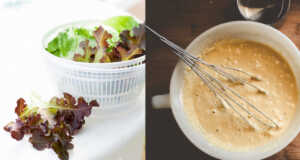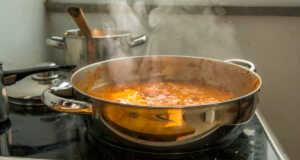The world is full of strange foods. Every country (and regional centers too) has its local favorite.
Some of these foods are wild animals, bugs, or creatures, while others are prepared or served in such a way as to make us question our choices in life. A few unusual delicacies from the United States, such as Rocky Mountain Oysters, Rattler, or even Spam are unusual delicacies, but we’re taking this list internationally.
The following 11 foods are local delicacies that are either interesting, impossible or fundamentally horrifying to contemplate, with more than one providing an element of health risk.
I’ve eaten (or tried to eat) six of the items on this list, with my post snack feelings ranging from “wow, that’s pretty good” to “never, ever again.”
What are the craziest foods that you’ve ever eaten?
1. Deep Fried Tarantula – Cambodia
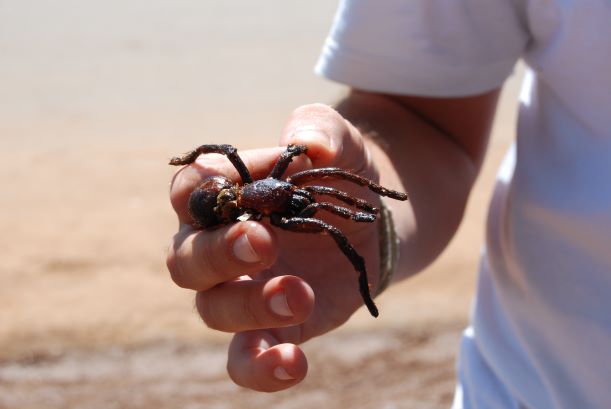
The little town of Skuon offers a to-go bag of deep-fried spiders.
These bad boys are marinated in a mixture of umami (msg), sugar, and salt before being fried in hot oil with fresh garlic.
Tarantulas are pretty big, so they offer a bit of heft, but the attraction for those that eat them is in the crunch they provide.
Best as I can tell, there’s a pork crackling feel to the texture, although a big spider is one beastie I haven’t yet had the chance to try.
2. Surstromming – Sweden
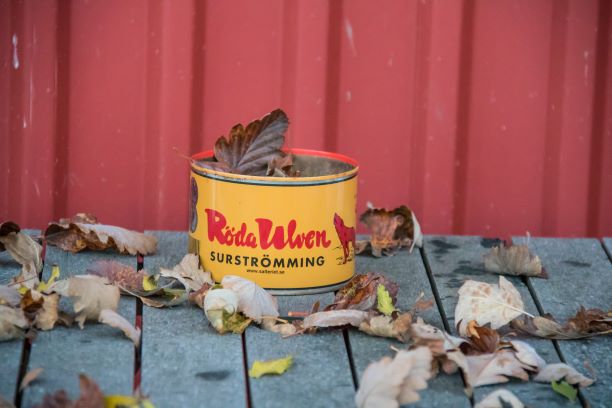
This Swedish favorite translates to “sour herring.” Basically, raw herrings are stuck in a barrel with just enough salt to not completely rot, then fermented for at least six months and canned.
The problem for most comes with the can’s opening, as the smell of surstromming has the capacity to clear a large room more quickly than just about any other foul odor you could imagine.
If you can get past the smell, the herring is extremely bitter and briney, but tastes nowhere near as bad as the smell.
I think I’ll stick to Scandinavian noir thrillers and snap chilled liquor, thanks all the same.
3. Witchetty Grubs – Australia
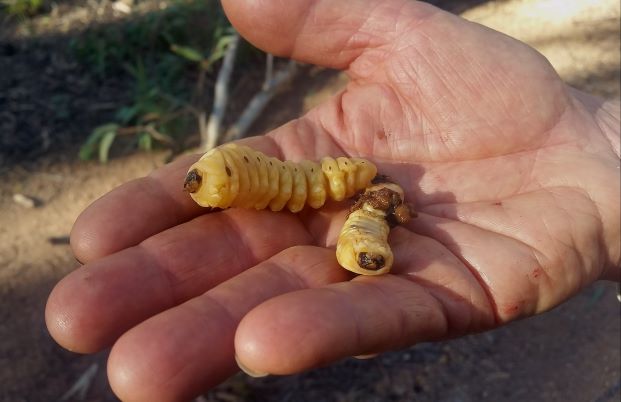
Ooh, now these critters are from my backyard (well, a few hundred miles away as the wedge-tailed eagle flies).
Witchetty grubs are fat and juicy worms that hunters can find burrowed into the roots of Eucalypts and Acacia bushes.
The grubs can get a bit angry when you snatch them up, so the way to go is pinching the head off and then biting through them cleanly. They are sweet and yolk-like for the most part, with a liquid center.
The best way to eat them is straight away, however that can be pretty daunting for most first-timers. A brief fry up makes Witchetty grubs crispy and a bit more palatable.
4. Haggis – Scotland
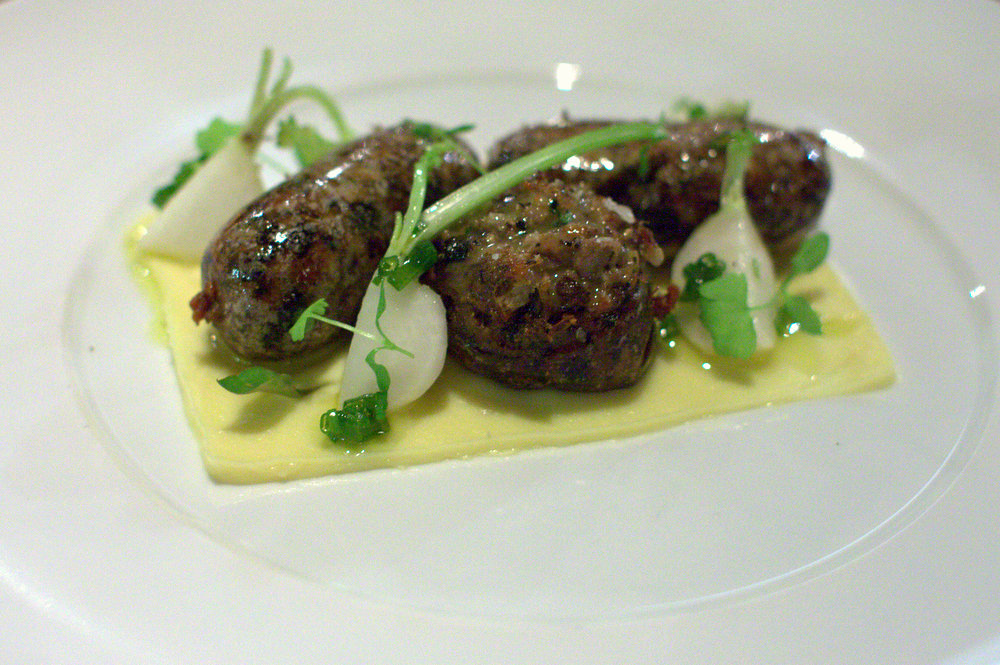
I was surprised with how mediocre Haggis tasted – before I made the attempt I was dreading the famed Scottish sack of stomach!
In a lot of ways, the ground mixture of sheep’s heart, lung, and liver mixed with meal, onion, suet and spices tastes similar to the stuffing of a roast chicken or turkey.
I’ve found that the effort put into the preparation and production of Haggis directly influences the taste. And whatever you do, avoid eating canned haggis.
I didn’t mind it, and have eaten haggis a few times since. It’s certainly preferable to black pudding.
5. Pacha/Khash – The Caucasus and Middle East
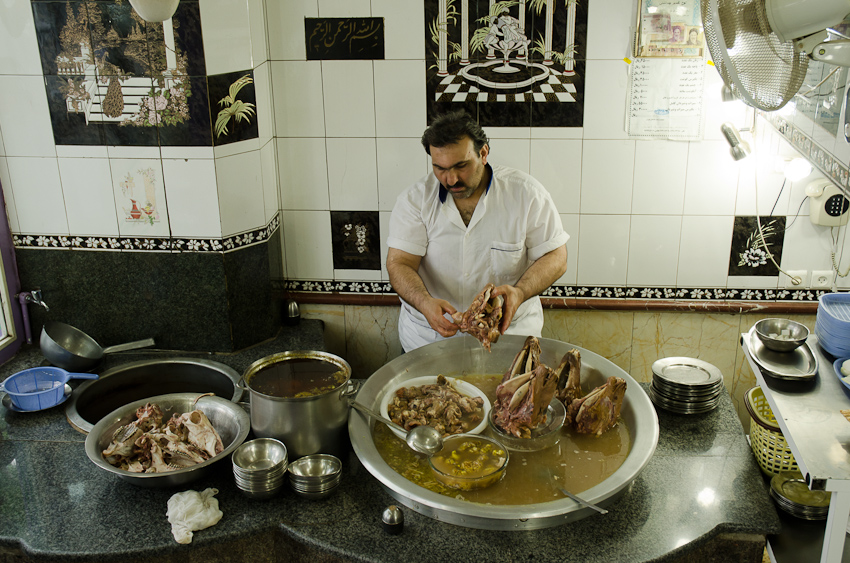
Pacha, or Khash, is a boiled soup from Persia and the Near East that’s made from sheep bits and pieces, including the entire skull, intestine, and feet.
The parts are cleaned up before being boiled until they form a thick, hot broth. From there you can add salt, spices, or lemon juice to taste.
There are a lot of regional variations stretching from the Caucasus Mountains through to Turkey, utilizing different sheep parts and spices.
I had the opportunity to eat Pacha once on my way through Turkey and Syria to Egypt, but the visible sheep’s skull in the big pot pulled me up quickly.
I have no regrets.
6. Fried Grasshoppers – Thailand
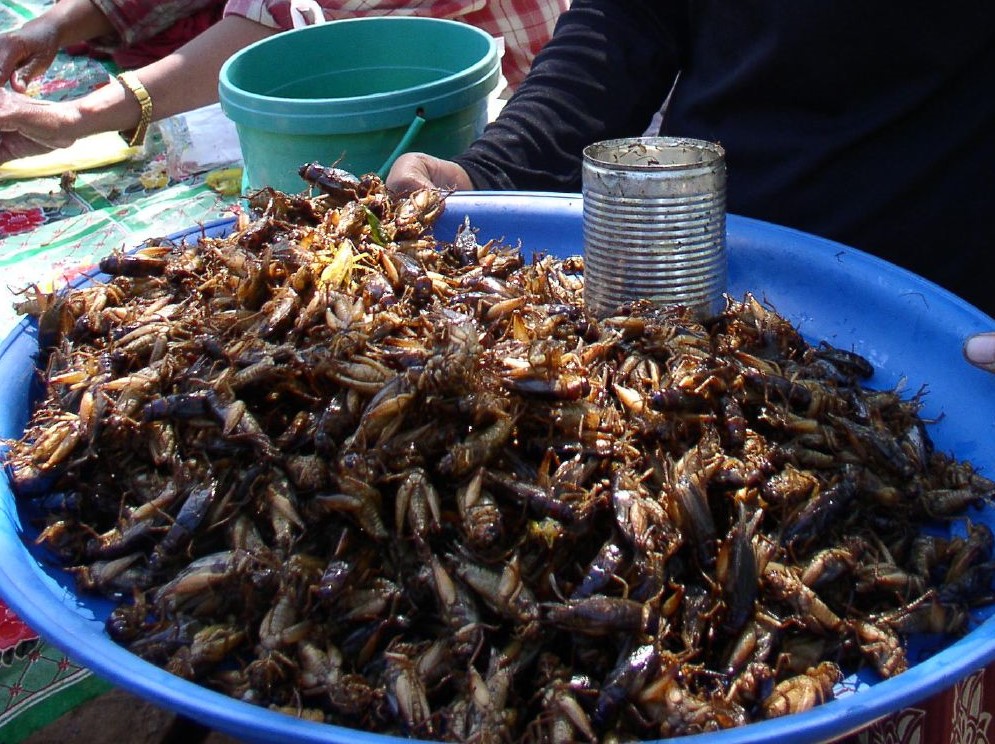
The first time I ate grasshoppers, I wasn’t paying much attention. I was living in Thailand at the time teaching English, and my girlfriend had bought a bag of crunchy things to snack on while we watched a completely insane live Thai variety show.
Engrossed in the performance, I ate a couple of handfuls of the proffered golden crunchy things before I realized that they were grasshoppers, or maybe crickets.
They didn’t taste like the few bugs I’d tried previously, crunching and snapping nicely enough, and the flavor was woody, much like the sesame oil they had been cooked in.
As far as strange foods go, grasshopper was pretty good when washed down with a nice cold drink.
7. Chicken Feet – Asia, the Caribbean Islands
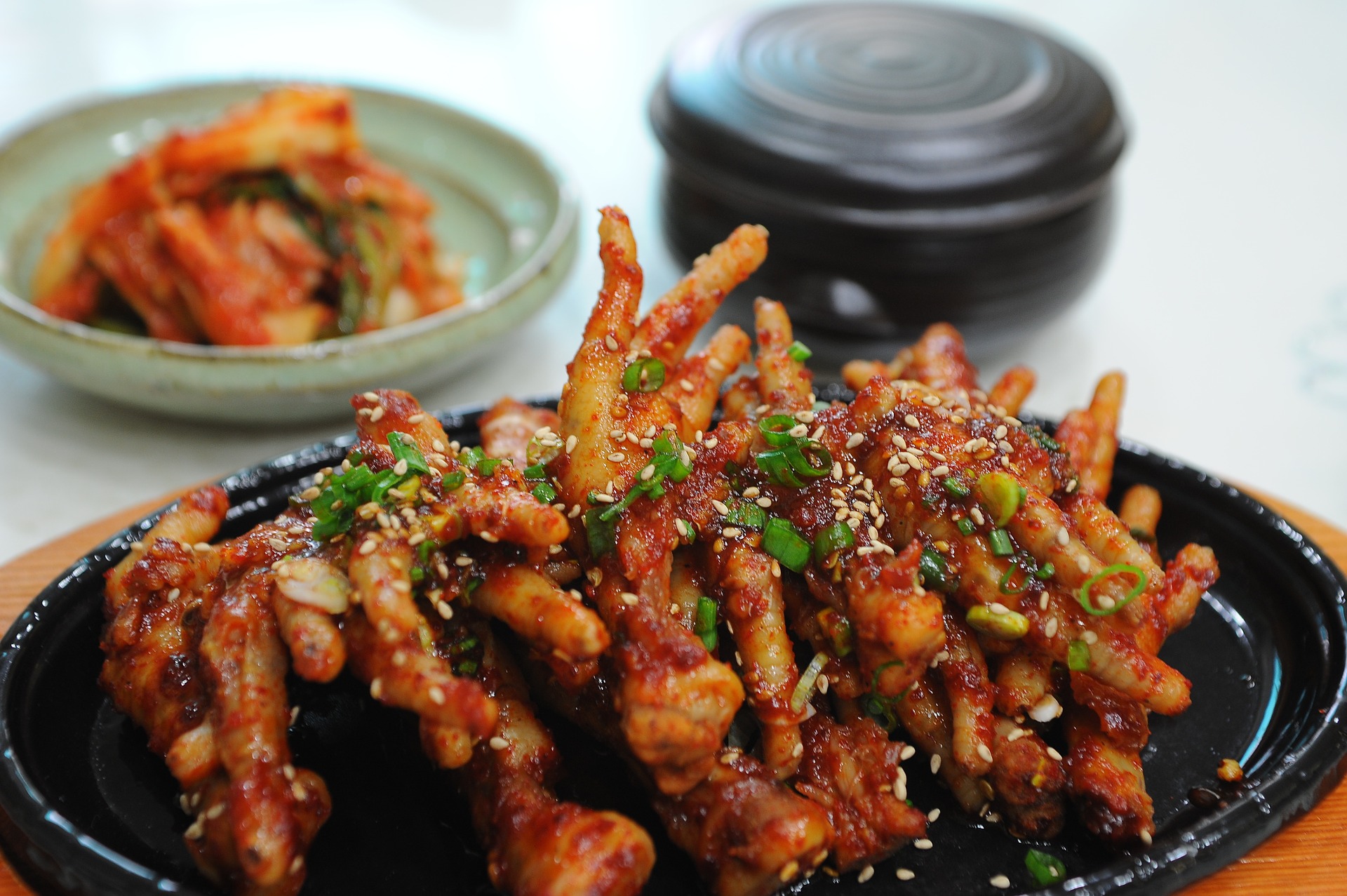
I don’t know if you’ve ever played Yum Cha roulette before, but it’s a great game amongst friends. You each order a series of the more exotic Yum Cha dishes blind, and must eat at least one item from each dish when it’s taken for a spin on the Lazy Susan. If you baulk, you lose, and have to pay for the meal (or drinks).
For some players, the chicken’s foot is the worst dish to get.
In reality, there’s not much to chicken’s feet apart from skin, sinew, gristle, and maybe some marrow. They are great for a laugh or freaked out reaction, but don’t really taste like much of anything.
If you get fried and seasoned ones that you can crunch through, then your time sampling chicken’s feet won’t be too difficult. I’m not a big fan of them in soups.
8. Escargot – France
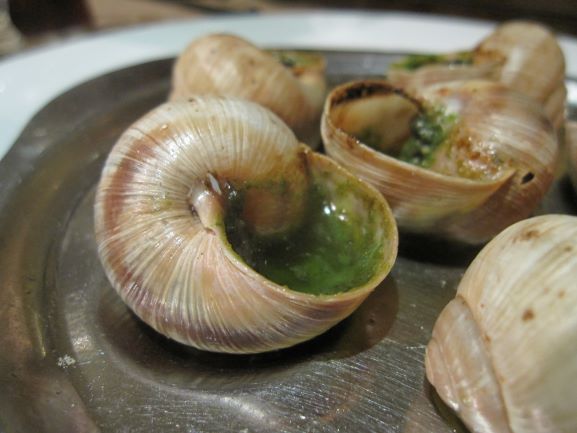
There are worse options than a dish of snails cooked in butter, garlic and oil, that you get to eat with good company, a crusty loaf of bread, and crisp white wine in view of the Basilica Sacre Coeur.
Escargot is a quality starter when you are at a French restaurant, the tables and staff will appreciate your bravery and verve.
Eating snails lends credence to the claim that if you add enough garlic and butter to any dish, it automatically becomes reasonable. Outside of the sauce, there’s not much there to taste (or worry about).
9. Fugu – Japan

Fugu is an expensive and dangerous delicacy enjoyed by the many thrill-seeking foodies of Japan. Fugu is a thinly sliced portion of a blowfish.
Fugu chefs need to be trained and licensed to be able to prepare the dish.
Blowfish contains tetrodotoxin, a poison causing symptoms of numbness and paralysis 20 minutes to three hours after ingestion. These spread to the whole body, in serious cases leading to death by respiratory failure.
When I lived in Japan, the opportunity to eat fugu cost well beyond the meagre salary of a foreign language teacher.
Maybe one day I’ll be able to go back and take a proper shot!
10. Casu Marzu – Sardinia
Casu Marzu is more commonly known as maggot cheese – a Sardinian delicacy that goes back to when the Italian Island was first inhabited.
It’s essentially pecorino (sheep’s cheese) that has been allowed to sit in a dark cool spot for a few months and become infested by flies and their larvae.
Carsa Marzu has been banned from being sold due to the obvious risks to health, but that hasn’t stopped it from being made and eaten by the locals.
It’s a no from me.
11. Llama – South America
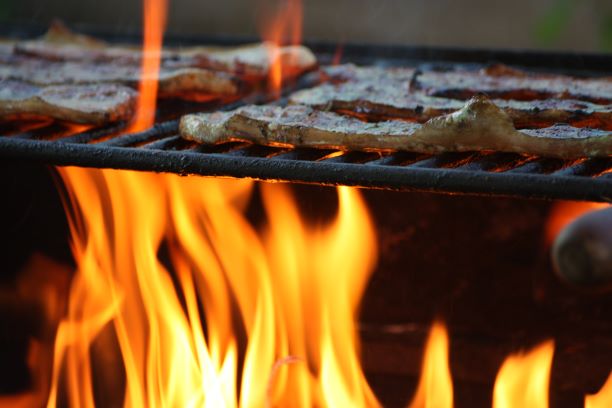
I ate llama when travelling through the Andes, right at the upper end of Argentina on the border of Peru, and it was fantastic.
Llama is an extremely lean meat – compared with beef – and cooked over coals it is succulent and juicy, with a strong flavor that’s not gamey like you find with game meat.
Of all the items on this list, llama was one I would definitely eat more regularly if it became a more commercial source of meat (think of how kangaroo in Australia became an export meat).
Conclusion
I could have made this list nearly 100 items long, but thought 11 examples was a good start. There’s some interesting foods you may wish to try, and others that make your heart flutter in apprehension.
What are the strangest foods from around the world that you have tried?
